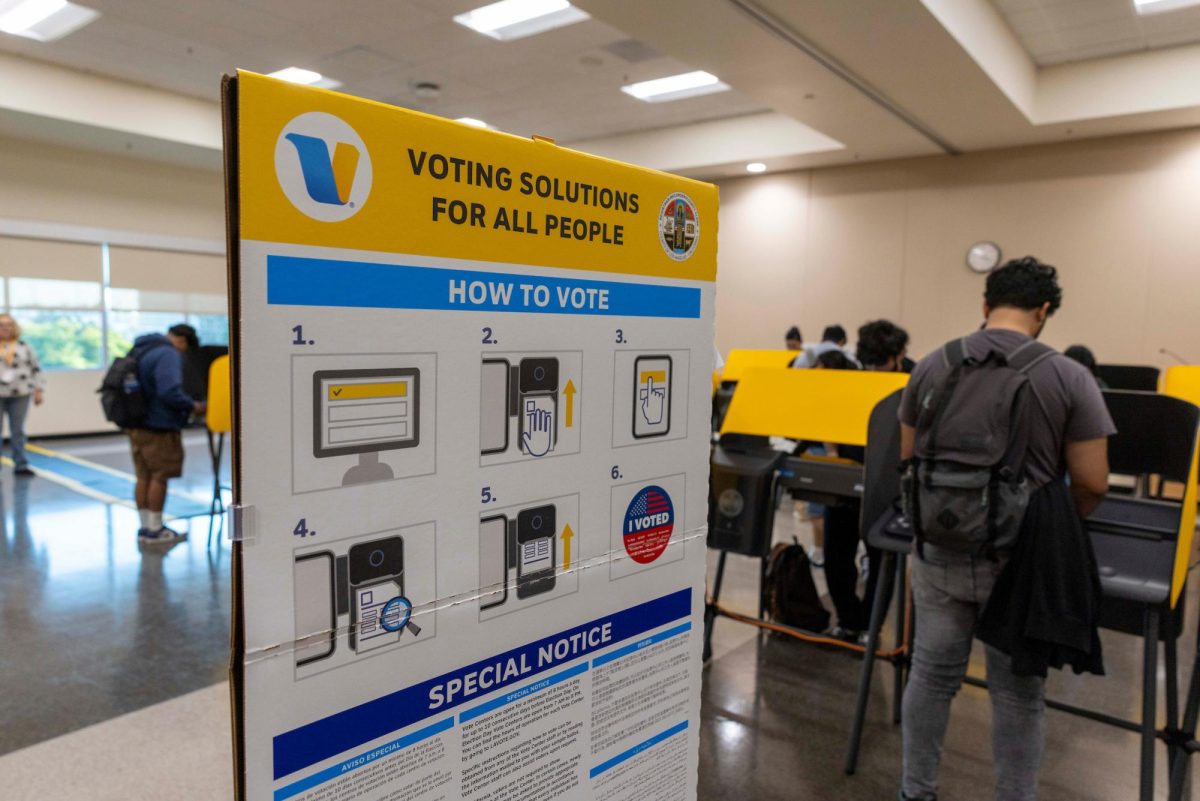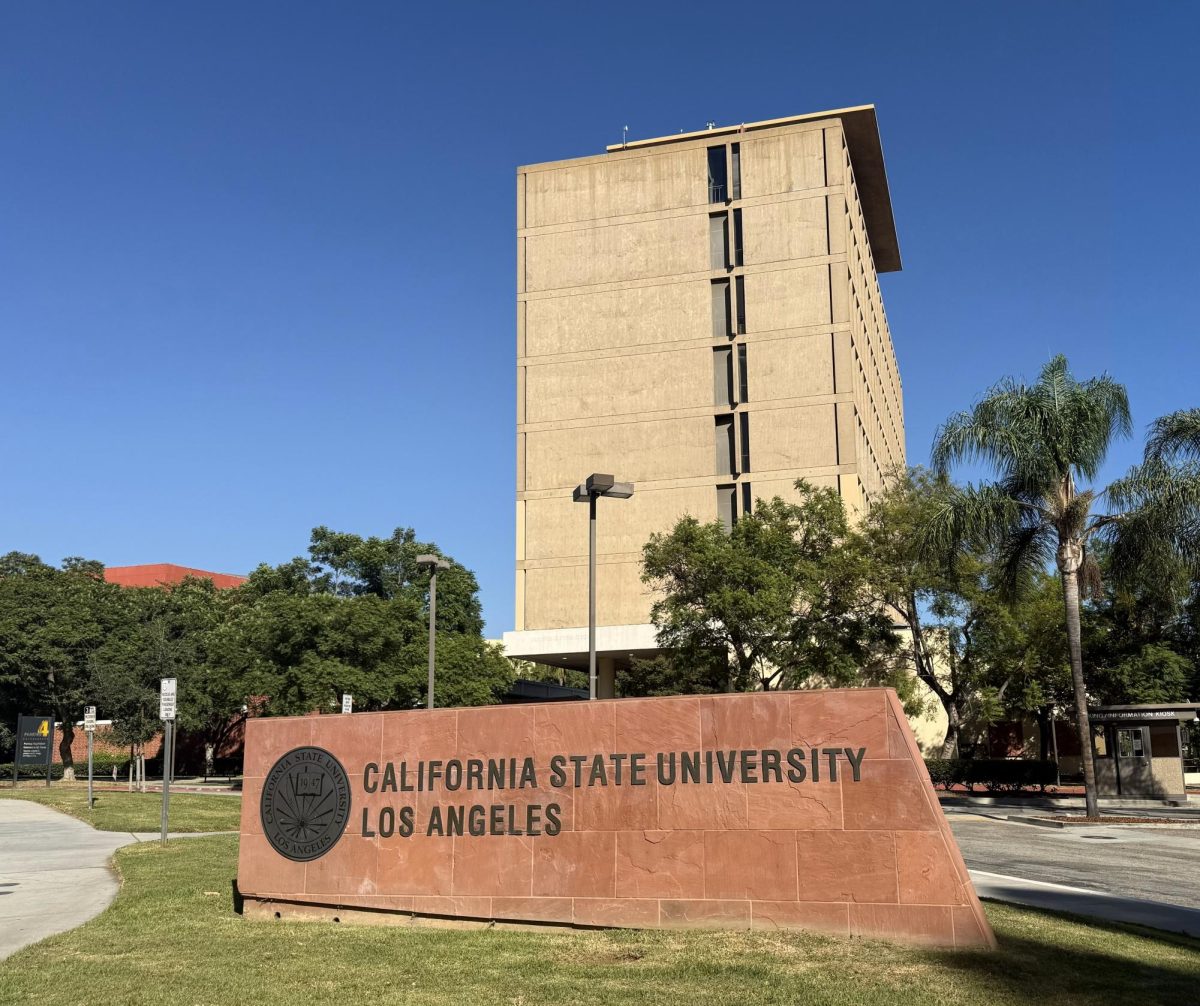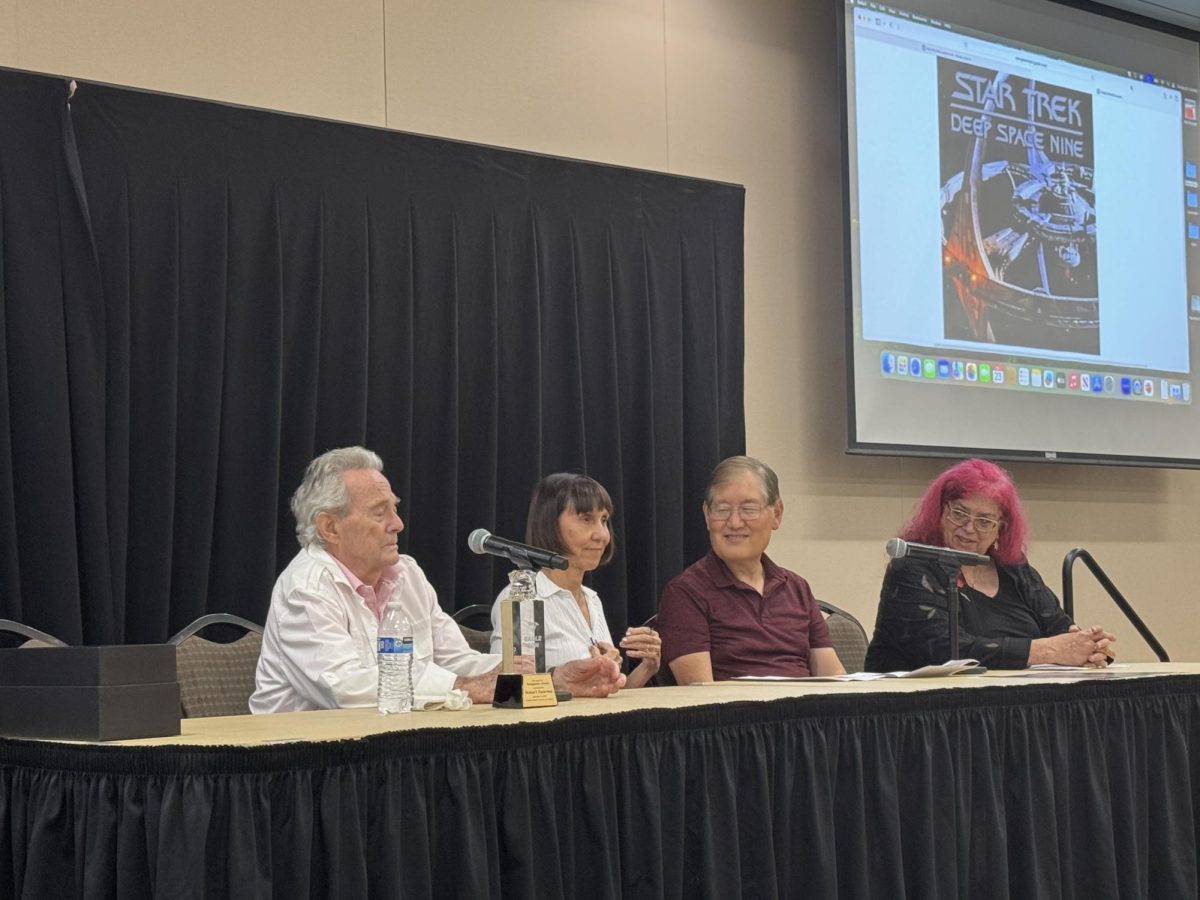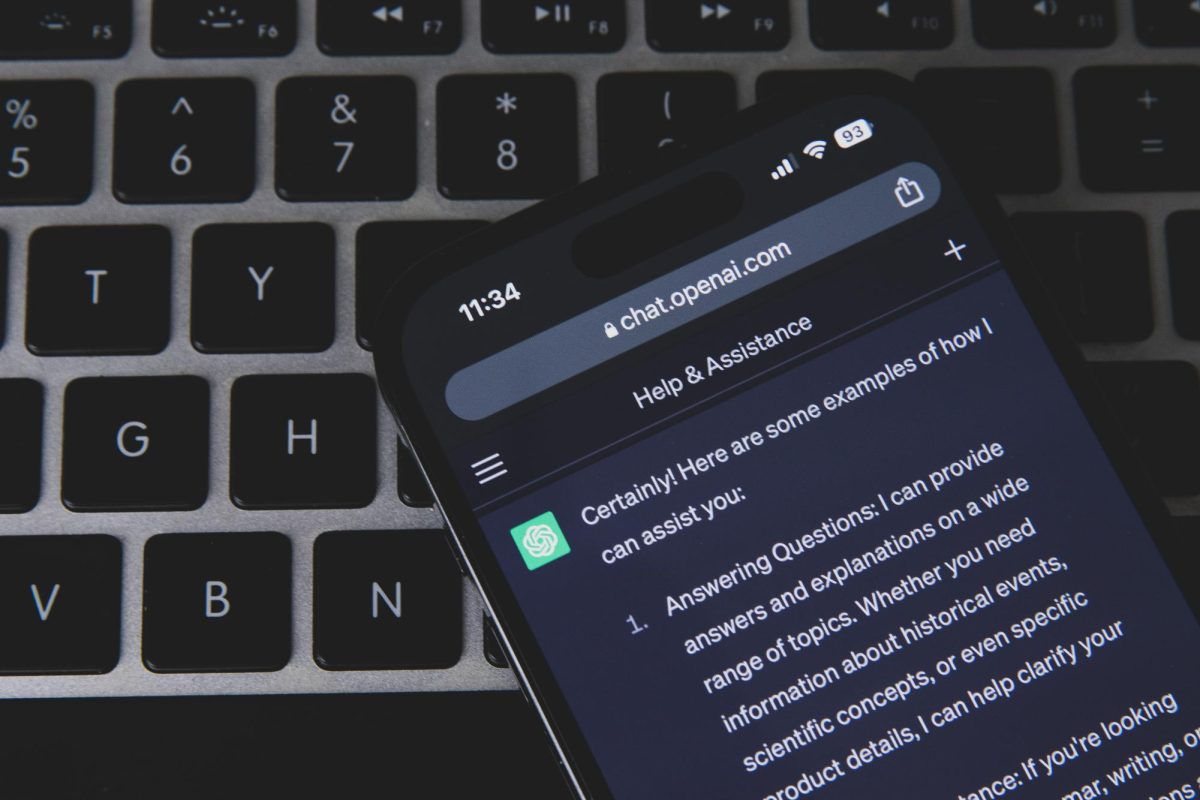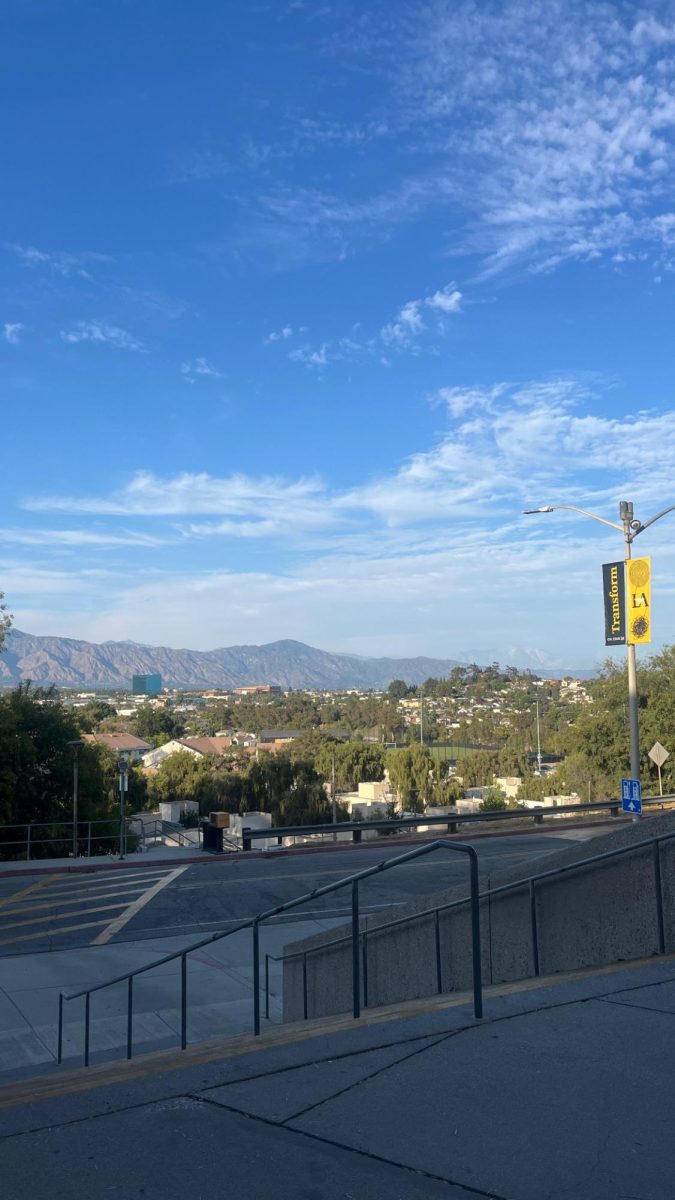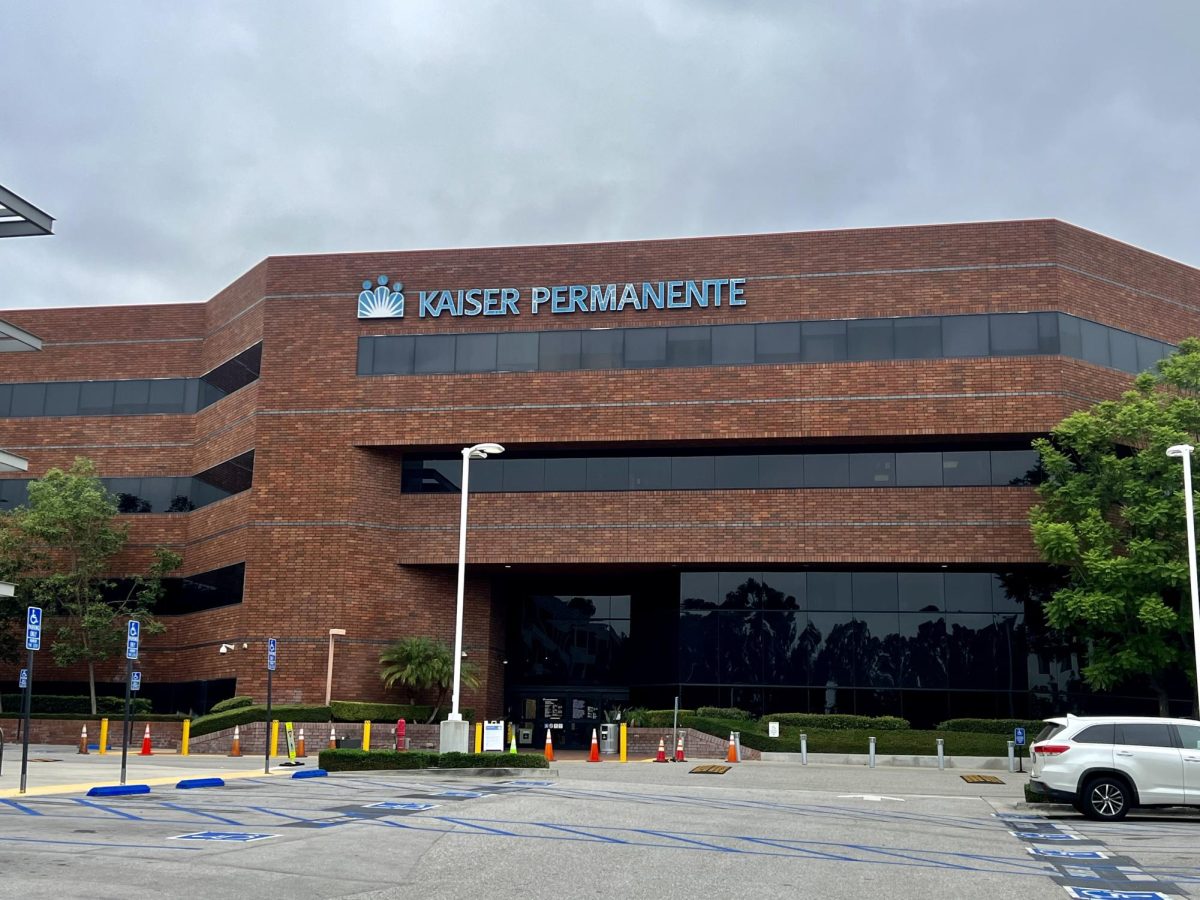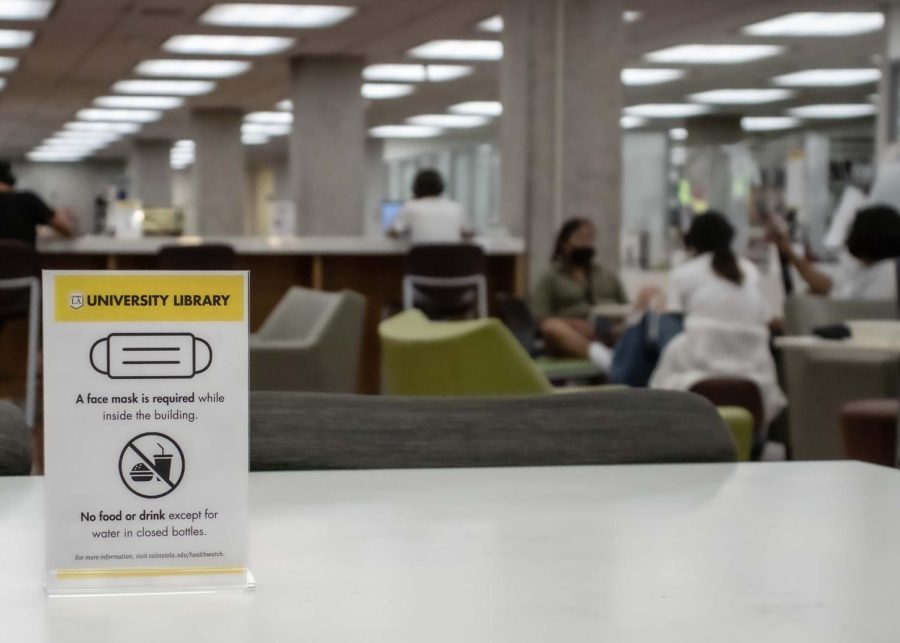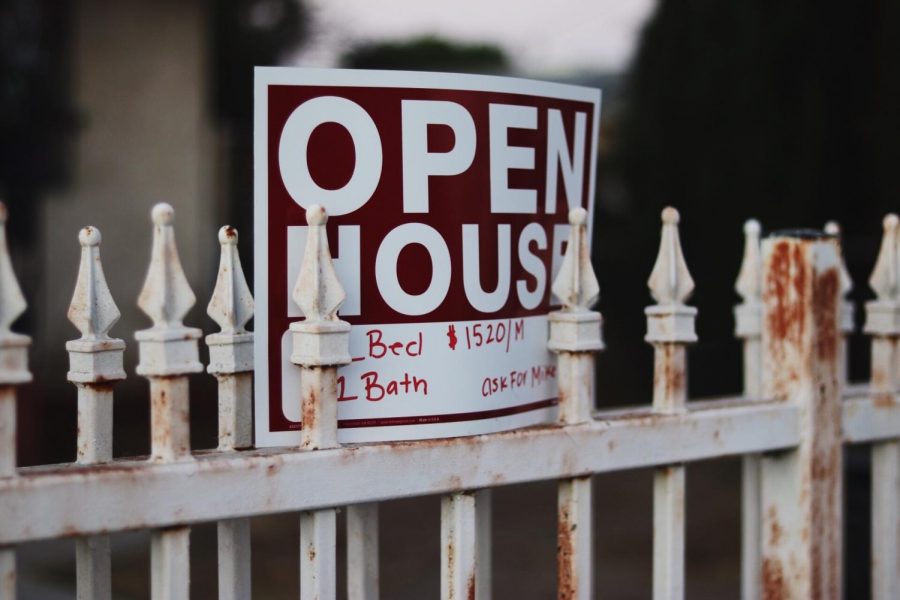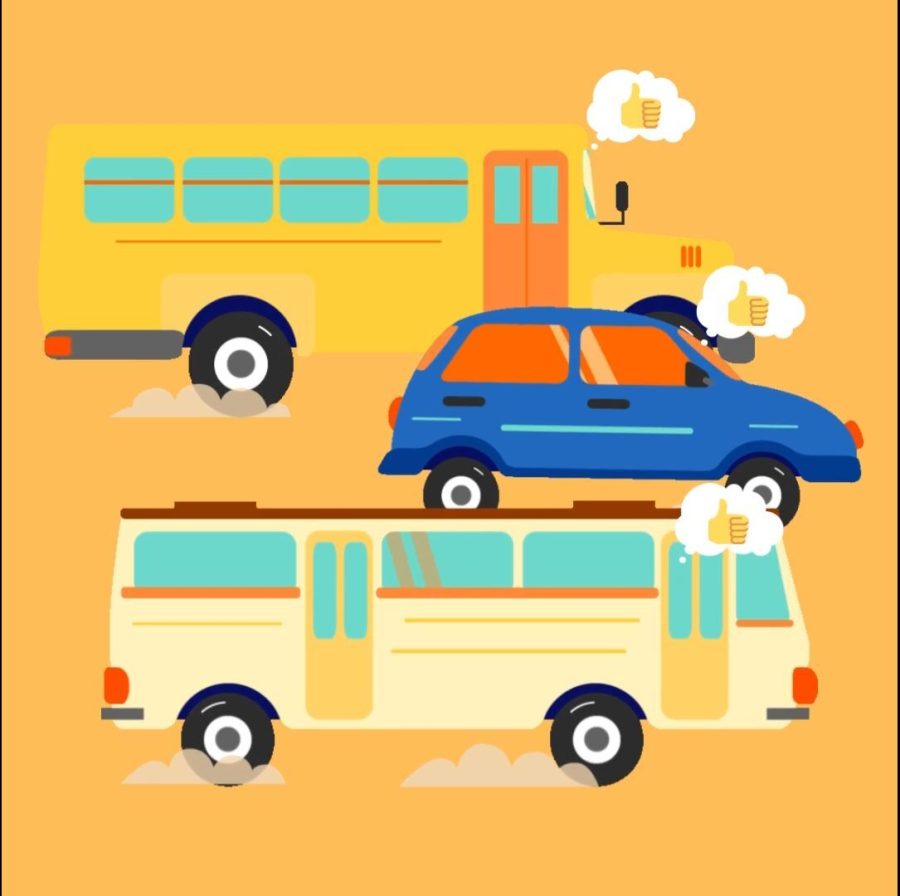Universities across the state, including Cal State LA, are relaxing COVID-19 protocols in line with new orders from the California Department of Public Health (CDPH), a move that some students feel could lead to heightened exposure.
Once a state known for firm COVID-19 mandates, California is loosening recommendations, now advocating that faculty and students may return to campus just 24 hours after fever lets up and symptoms decline, so long as the individual wears a well-fitting mask.
The CDPH no longer recommends an isolation period for those who are asymptomatic and simply recommends that those individuals wear a mask while in public.
Additionally, negative tests will not be required to return to classes.
The changes come at a time when Cal State LA students are returning to classes following a winter break riddled with high levels of COVID-19 transmission and other respiratory illnesses, according to recent data from the L.A. County Public Health (LACDPH.)
Theater major Paulyn Sreekhwan was concerned about accidental exposures at times when people needed to remove their masks.
“I feel like you’re still contagious even after the fever breaks,” she said. “Even with a mask, what if you’re eating lunch, you’re taking [the mask] off, you’re drinking water. You’re exposing yourself to other people, so I don’t really agree with that.”
Sreekhwan pointed out that it was strange the policy change was happening at a time when cases were higher than normal.
“I would like to assume that people in the classroom are honest and that they would mask if they were positive and honor the policy, but I still feel iffy,” she said.
Another student, fourth-year Koleene Martinez, said she felt that the new policy would be too easy to ignore and that it could make her feel more paranoid about getting sick on campus.
“It doesn’t really seem fair. I feel like you should quarantine at least five days. I feel like the 24 hour rule is way less. I know that we all have our jobs and school to get to, but at the same time, you could possibly infect people,” she said, adding that as long as people are committed to masking — preferably with an N95 surgical mask — then she would feel safer.
Respiratory virus transmission and hospitalizations remain elevated in Los Angeles County following a spike in cases through the holiday season, prompting county health officials to ask residents to help limit exposures and take common sense precautions like masking while in a crowded environment, testing regularly and staying up-to-date on vaccinations and boosters.
And though key figures have started to trend slightly downward in recent weeks, public health data shows COVID-19 is still widely circulating in the county, with wastewater concentrations of the virus at 60% of last year’s winter peak, according to the LACDPH
COVID-19 hospitalizations also remain elevated, with an average of 787 COVID-positive patients per day for the week ending Jan. 12, a slight decrease from 834 the week prior. That same figure stood at just 289 in November.
LACDPH officials stated that the increase is likely driven in part by the rise of a new COVID-19 strain, dubbed JN.1.
“Local data shows the variant is gaining dominance rapidly in Los Angeles County, and CDC modeling data predicts it accounts for 61% of sequenced specimens in Region 9, which includes California, for the two-week period ending Jan. 6,” LADPH officials said.

